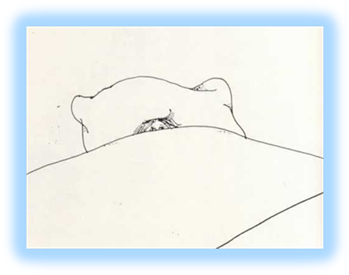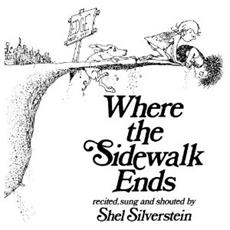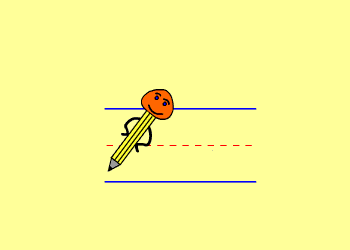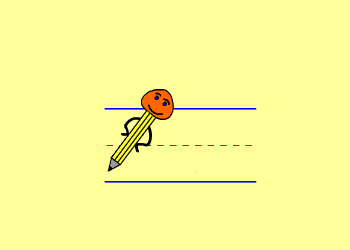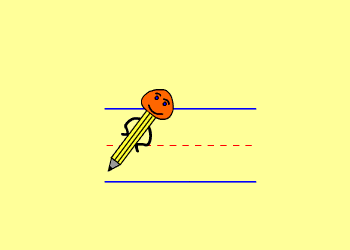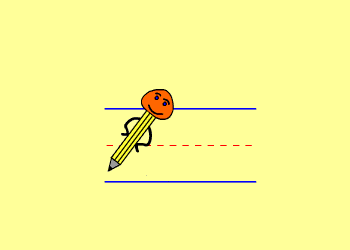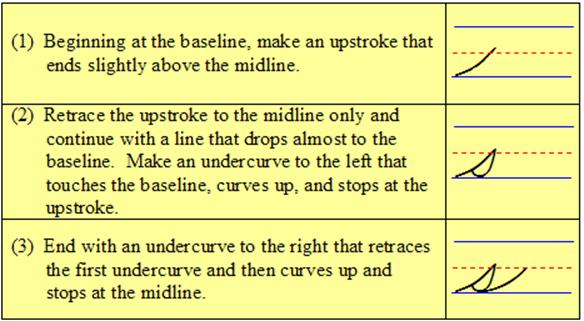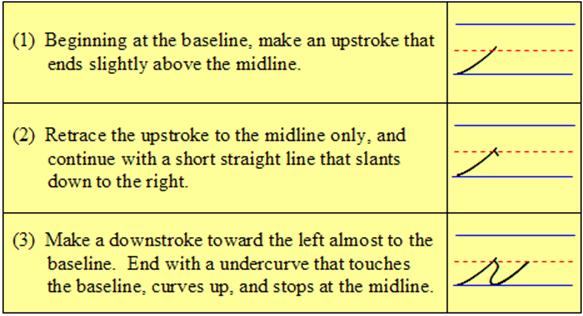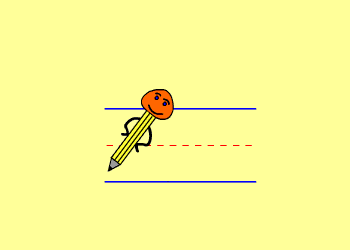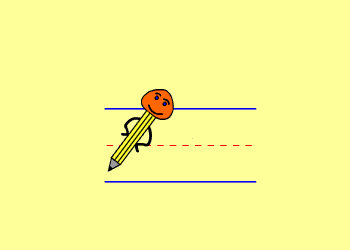Shel Silverstein
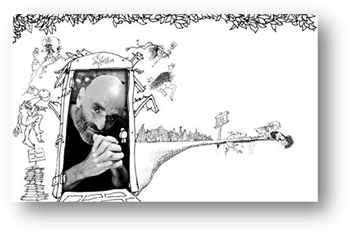
Unit Overview
|
Message to Adult
Mentor |
|
This lesson continues a format that is integrated and includes the
reading process (literary and informational), writing, spelling and fluency.
You will be asked to read aloud and model book handling, left-right reading,
expression and fluency. During Guided Oral
Reading, the student will reading the story orally and work on reading
strategies and respond to literature. Spelling words will be introduced
during this lesson and a variety of spelling activities will be assigned.
There will be opportunities to make words with magnetic letters and learn
word families. Writing instruction will continue with a focus on writing
sentences and questions. Since daily writing is key to the reading-writing
process, time should be set aside daily for a journal entry. Topics for writing in the journal should be
self-selected and drawing a picture to accompany the writing is encouraged.
The writing journal will be turned in at the end of the course. |
Word Power
Sight Word
Scrabble
Fluency
|
Message to Adult Mentor: |
|
Let’s continue to increase sight word vocabulary. These
sentences include common words that appear often in text, which children need
to know instantly for their reading.
In the following sentences the focus is on the words, which are high
frequency words (sight words). If you notice that the student is having
difficulty with these words please practice them throughout the week. |
Read the sentences silently, then aloud to your adult
mentor. It is important to be able to
recognize high frequency words and reading them should become automatic.
1.
Call me first before you go for help.
2.
They don’t know what she does all day.
3.
We saw five fast jets fly by.
4.
I am giving him a call first before I go away.
5.
The first of five cats I found is old.
6.
You don’t like the cold at all.
7.
He gave me a pretty green mat made of rags.
8.
Call me when the bell goes off.
9.
Many old cars are green or brown.
10.
Its nose is black and its paw is white.
Sight Word
Building Fun
Word Search
Spelling

|
Message to Adult
Mentor |
||||||||||
|
Please read the following to student: In this lesson,
you will learn to spell words with the suffix -est spelling
patterns. With your magnetic letters, make
the following words, saying each word as you make it.
Next, the student may choose one or more activities to practice their spelling words each day from the Spelling Menu below! |
Unit 23 Spelling Words
|
Unit 23
Spelling Words |
|
|
1.
fastest |
6.
softest |
|
2.
slowest |
7.
smartest |
|
3.
biggest |
8.
silliest |
|
4.
shortest |
9.
brightest |
|
5.
loudest |
10. funniest |
Spelling Menu
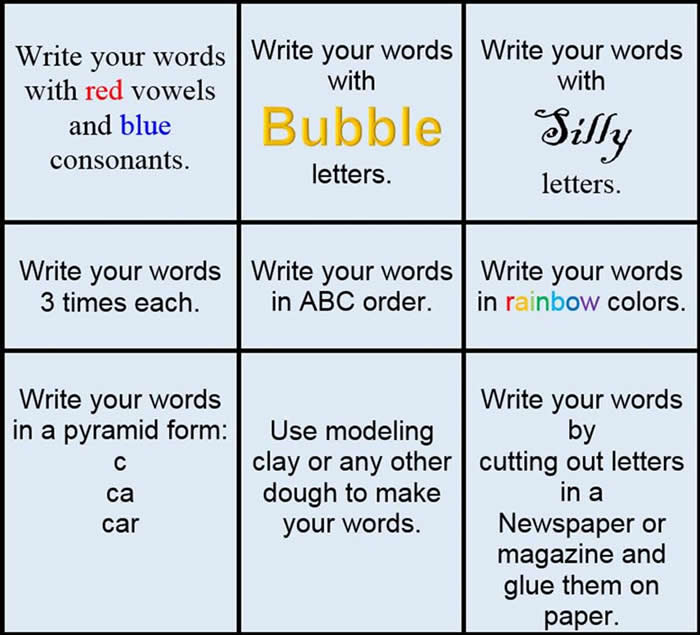
Click on SPELLING TRAINING to practice your spelling words. Add each of your spelling words to the list, then complete one the activites below the list.
Click on the link below to print a
fun activity to help you practice your spelling words!
![]()
Reading 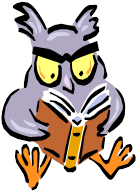
|
Message to Adult Mentor: |
|
Please read this paragraph to the student: It is time to turn
our attention to reading! Poets can
create poetry by using carefully chosen words to show ideas or feelings. A poem can paint a picture in your mind or
tell you a story. Sheldon Allan
"Shel" Silverstein was an American poet, singer-songwriter,
cartoonist, screenwriter, and author of children's books. |
Sheldon Allan “Shel” Silverstein
It
is time to turn our attention to reading!
Poets can create poetry by using carefully chosen words to 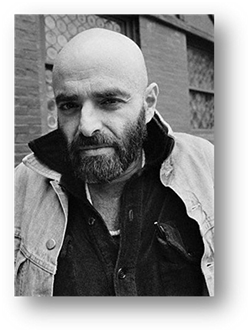 show ideas or feelings. A poem can paint a picture in your mind or
tell you a story. Sheldon Allan "Shel" Silverstein was an American poet,
singer-songwriter, cartoonist, screenwriter, and author; known for children’s
books such as The Giving Tree and Where the Sidewalk Ends, and many
others.
So come in, open your imagination, bend your brain, and let the
magic of Shel Silverstein fill your mind.
Click on his picture to the left to learn more about him.
show ideas or feelings. A poem can paint a picture in your mind or
tell you a story. Sheldon Allan "Shel" Silverstein was an American poet,
singer-songwriter, cartoonist, screenwriter, and author; known for children’s
books such as The Giving Tree and Where the Sidewalk Ends, and many
others.
So come in, open your imagination, bend your brain, and let the
magic of Shel Silverstein fill your mind.
Click on his picture to the left to learn more about him.
The Giving Tree
Message to Adult Mentor:
|
|
The Giving Tree, by Shel Silverstein Narrated by: Laura Domineau Book Introduction: During the
book introduction, you want to encourage conversation about student’s knowledge
and experience surrounding the book. After reading the title and looking at the
picture on the title page, ask student to predict what the
book/story might be about. During the reading, you may want to pause and talk
about parts of the story. A new or
interesting vocabulary word may require discussion.
|
Click the link below to watch the 1973 “Giving
Tree” movie spoken by Shel
Silverstein.
Put “The Giving Tree” events in order from beginning to end.
_____ The boy and the tree loved each other and were happy._____ The boy rested on a stump._____ The boy cut down the trunk to make a boat._____ The boy and the tree played hide and seek._____ The boy pretended to be king of the forest._____ The boy cut off the branches to build a house._____ The boy picked apples from the tree to sell._____ The tree loved a boy who came every day. |
When you read, it is important to be able to ask and answer questions to show that you understand what you are reading. Print and complete the Questioning the Text Worksheet to practice asking questions about “The Giving Tree."
In the poem, the tree let the boy use its parts throughout his life. How many different ways can you remember? Trees are very useful, and our world would not be the same without them. They provide us with the oxygen we need to breathe. They give us wood to build houses, boats, furniture, and all kinds of other things. They provide us with fuel to keep our homes warm. Paper is made from trees. And trees provide much of our fruits. Discuss other ways the tree could have been useful to the boy at each stage of life.
Just as the Tree was giving to the boy, think of some people who are giving to you? What do they give you? Print and complete The Giving Tree: Idea Web. Share your answers with your mentor and place your web in your writing journal. Why do you think the tree was so giving?
What do you think is the central message (theme) of “The Giving Tree?" Discuss your thoughts with your mentor. Then print and complete the Determining Theme worksheet to illustrate and explain the theme. Place it in your writing journal when you are finished.
 Now answer questions 1-10.
Now answer questions 1-10.

Writing
Articles:
a, an, the
|
Message
to Adult Mentor |
|
Read the following to the student and
discuss: A,
an, and the are a special kind of
adjective called articles. They help nouns. |
A, an, and the are a special kind of adjective called articles. They help nouns.
The Rules:
· A is used before a noun that begins with a consonant.§ Example: a chair· An is used before a noun that begins with a vowel (a, e, i, o, u).§ Example: an egg· The is used before a noun that names a particular person, place, or thing.§ Example: the woman |
Let’s
try a few examples! Read each noun and
add the correct article (a, an, the) before the word. Discuss your answers with your mentor.
1. _____ zipper
2. _____ owl
3. _____ airplane
4. _____ idea
5. _____ water
 Now
answer questions 11-20.
Now
answer questions 11-20.
Reading 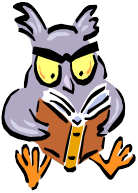
Sick
In his poem, Shel Silverstein uses rhyming couplets. A couplet is a group of two lines that rhyme. Look at the poem below, read the poem aloud to your mentor and fill in the missing words that you think go in the blanks of the poem.
|
SICK I have the measles and the mumps, A gash, a rash and purple _________________ My mouth is wet, my throat is dry I’m going blind in my right _________________ My tonsils are as big as rocks, I’ve counted sixteen chicken ________________ I cough and sneeze and gasp and choke, I’m sure that my left leg is __________________ My nose is cold, my toes are numb I have a sliver in my ___________________ |
Now
it’s your turn to read! Print out the
poem “Sick” by Shel Silverstein and read the whole
poem to your mentor.
|
Message
to Adult Mentor |
|
Print
Sick, by
Shel Silverstein
As the student
reads, if the student comes to a word that they do not know, lead them
through the decoding strategies listed below. You may also encourage the student to pause
and talk about parts of the story.
After the student is finished reading, ask about the characters in the
story and encourage the student to orally retell what has happened so
far. |
Listen to Scott Provo narrate the Shel Silverstein’s classic "Sick," from “Where the Sidewalk Ends."
 Now answer questions 21-25.
Now answer questions 21-25.
Close Reading
Message to Adult
Mentor
|
Print No Difference by Shel Silverstein
Read the following
to the student:
You are now going to do a close reading of the poem, No Difference. First, you are going to begin by reading silently to yourself. As you read, it is important that you underline with your pencil or use your highlighter to find important ideas as you read. After you have read the story, talk to your mentor about what you have highlighted.
|
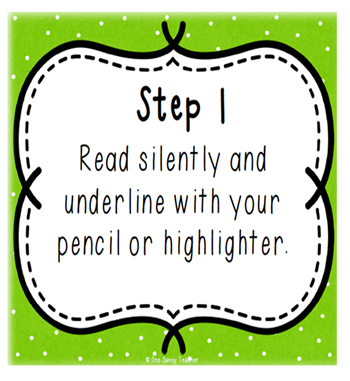
What do you think the poem is about? Record your thoughts on your Poetry Map.
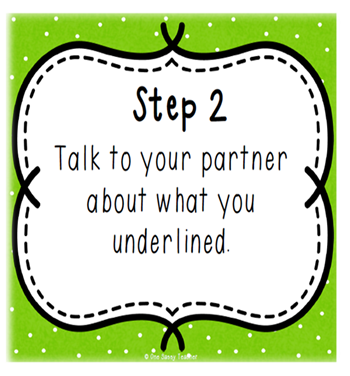
|
Message to Adult
Mentor |
|
Step 3: During the second reading of the story, you are going to read aloud. It is important that you read clearly and model left-right reading, expression and fluency. |
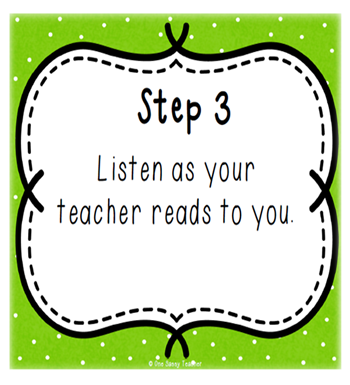
Do you want to change your mind about the meaning of the poem? If not, take a few minutes to write about the elements of poetry (rhyme, rhythm, simile, metaphor, personification, onomatopoeia) used in the poem on your Poetry Map.
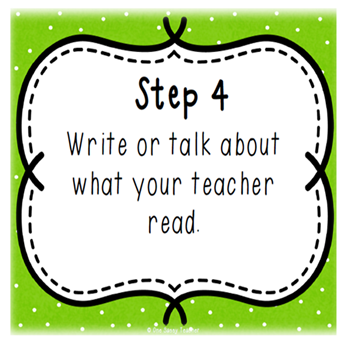
For the final reading, it is your turn to read aloud! You are going to read, No Difference, aloud to your mentor. During the reading, it is important to remember what to do if you come to a word that is tricky for you. Remember to record any new thoughts that come to mind on your Poetry Map. What do you think is the theme or the message? How do you know? Explain?
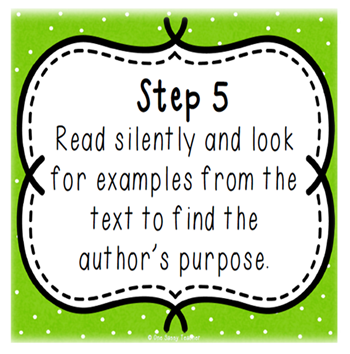
|
Message to Adult
Mentor |
|
As the student
reads, if the student comes to a word that they do not know, lead them
through the decoding strategies. You
may also encourage the student to pause and talk about parts of the
story. After the student is finished
reading, ask about the characters in the story and encourage the student to
orally retell what has happened. |
Click on the link below to listen to Shel Silverstein read “No
Difference."
 Now answer questions 26-30.
Now answer questions 26-30.

Writing about Reading
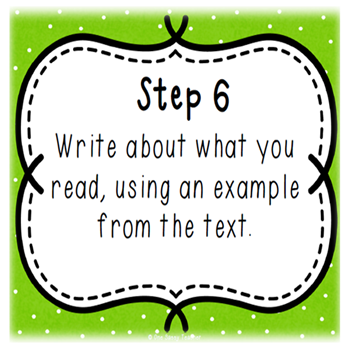
Print the Poetry Review worksheet. Complete the sheet for the poem, No Difference, by Shel Silverstein. Use your imagination and be creative. Try to really picture what Shel is showing us in this poem. Be sure to be colorful when you draw your picture! Don’t forget to rate this poem.
If you would like, you can print another Poetry Review sheet to complete using another poem. When you are finished, place your paper(s) in your Writing Journal.
Spelling
Test
|
Message to Adult
Mentor |
|||||||||||||||||||||||||||||||||
|
Please feel free
to use the sentences below or create your own! Read the following instruction to student: Now it is time to take
your spelling test. Number your writing paper to ten. Your adult mentor will read the screen and
say each spelling word as you write them. Then, read the sentence provided.
You will send your paper to the VLA Teacher to be checked. Please send it on Friday.
|
|||||||||||||||||||||||||||||||||
Now
it is time to take your spelling test! Number your writing paper to ten. Your adult mentor will read the screen and
say each spelling word as you write them. Then, read the sentence provided. You
will send your paper to the VLA Teacher to be checked. Please send it on Friday.
 Now answer question 31.
Now answer question 31.
Cursive Writing
What skill would you like to gain more than any other? Would you like to become a famous baseball player? Or would you like to perform as a graceful ballerina in front of a huge audience? Maybe you would like to play football in college or soccer for your high school…Whatever your wish, in order to have it come true, you must practice, practice, practice.
Well, the same thing goes if you are to become a very good cursive writer. Sooooo, let’s spend some time practicing the letters you have learned so far.
Remember, you have learned to make a cursive “i."
You have also learned to make a cursive “t."
And, last, but not least, you have learned to make a cursive “u."
Now, it’s time to practice those letters. Click on this link to print out a worksheet with the letters i ,t, and u. PDF File
 Now answer question 32.
Now answer question 32.
Now, it’s time to learn some new cursive letters. We will begin with the cursive letter “s."
Look carefully at the following animated cursive “s."
With your mentor's help, read the chart below. It tells exactly how the cursive "s" is formed.
Next, look at the animated “s” again. As you look at it, trace the strokes in the air. Do this 5 times, or more, if you would like.
Next, practice writing the letter on paper. Click on this link to retrieve and print a worksheet for practice. PDF File You will send this sheet to your VLA Teacher on Friday.
 Now answer question 33.
Now answer question 33.
Let’s move on to the cursive letter “r."
Look carefully at the following animated cursive r.
With your mentor's help, read the chart below. It tells exactly how the cursive "r" is formed.
Next, look at the animated “r” again. As you look at it, trace the strokes in the air. Do this 5 times, or more, if you would like.
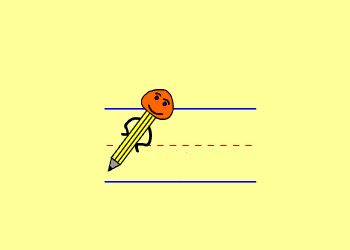
Next, practice writing the letter on paper. Click on this link to retrieve and print a worksheet for practice. PDF File You will send this sheet to your VLA Teacher on Friday.
 Now answer
question 34.
Now answer
question 34.
Let’s move on to the cursive
letter “e."
Look carefully at the
following animated cursive “e."
With your mentor's help, read the chart below. It tells exactly how the cursive "e" is formed.
Next, look at the animated “e” again. As you look at it, trace the strokes in the air. Do this 5 times, or more, if you would like.
Next, practice writing the letter on paper. Click on this link to retrieve and print a worksheet for practice. PDF File You will send this sheet to your VLA Teacher on Friday.
 Now answer question 35.
Now answer question 35.
Let’s move on to the cursive letter “l."
Look carefully at the following animated cursive “l."
With your mentor's help, read the chart below. It tells exactly how the cursive "l" is formed.
Next, look at the animated “l” again. As you look at it, trace the strokes in the air. Do this 5 times, or more, if you would like.
Next, practice writing the letter on paper. Click on this link to retrieve and print a worksheet for practice. PDF File You will send this sheet to your VLA Teacher on Friday.
 Now answer question 36.
Now answer question 36.

